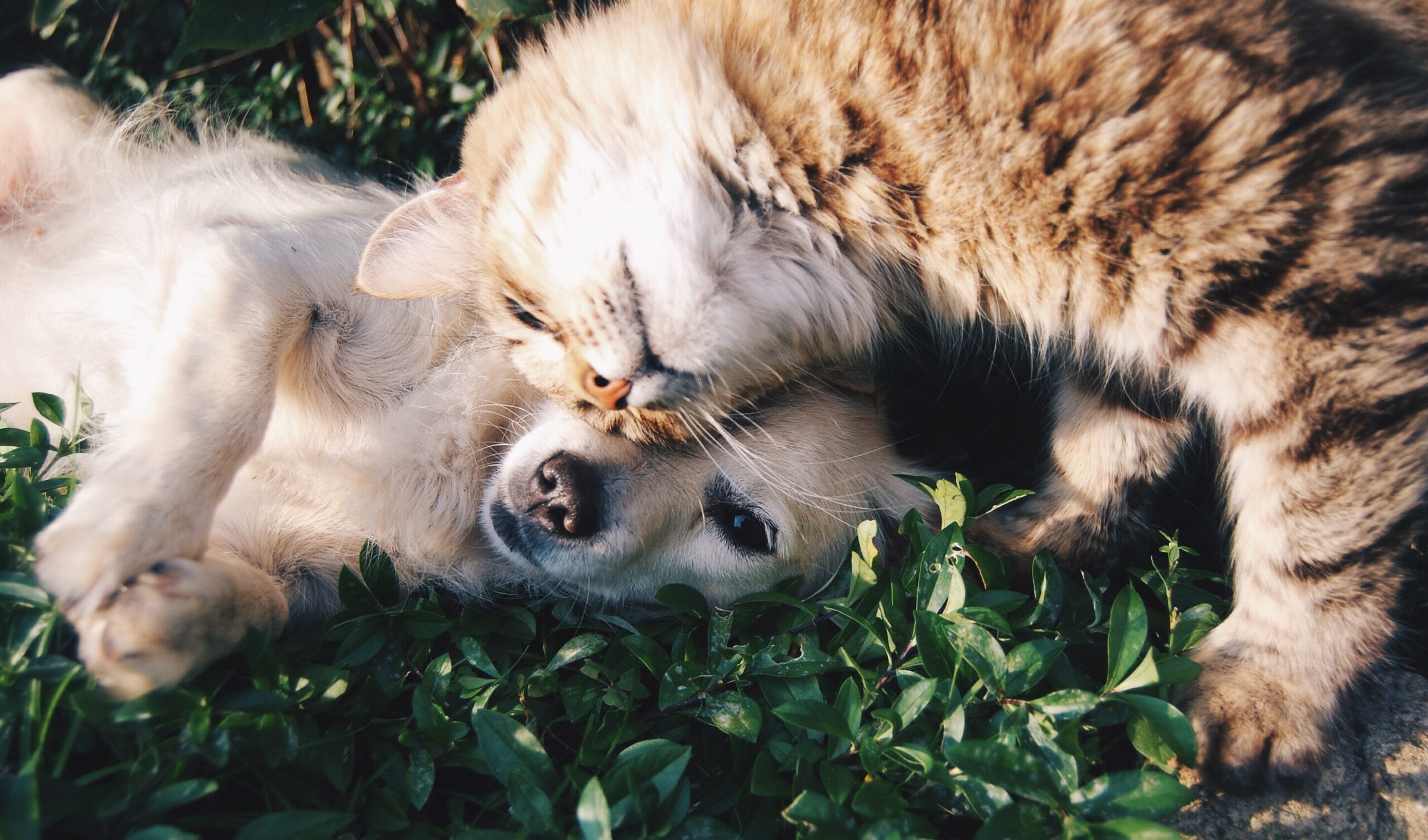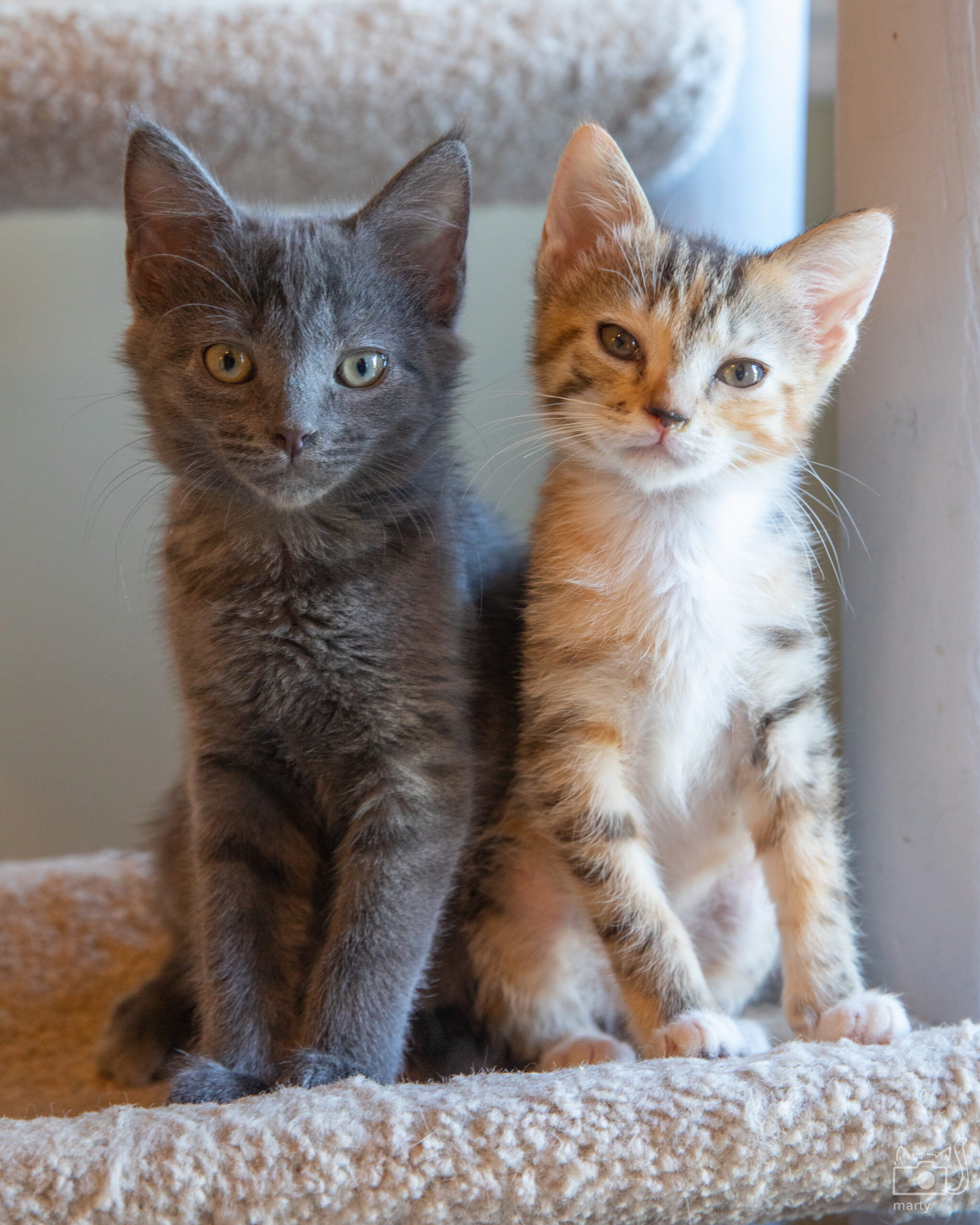Set Up a Safe Room
When you bring a new cat into your house, you need to set up a “safe room” where the cat can stay for at least the first week. The room chosen must have a door and should be in a quiet part of the house. You will need to provide access to food, water, litter box, and scratching post at all times (see first bullet point above for more details).
Introduce Cats First
If you have cats as well as dogs in your home, the cats should have already been successfully introduced to the newcomer before initiating introduction of the new cat to your dogs.
Limit Face-to-Face
There should be no face-to-face interactions between the new cat and resident dog for the first week. Bring the cat into the house in his carrier and take him directly to his “safe room.”
Be sensitive to the fact that some dog breeds are naturally not good at cohabitating with cats—certain breeds may instinctually be driven to chase or act aggressively toward a cat. You will need to evaluate your pet’s personality and determine if he is an exception to the general rule for his breed. Take extra time and care when introducing the two animals—always under close supervision. Be aware that your dog may behave better when you are present, so allow ample time for supervised interactions before letting them to be alone together.
Signs Cat is Ready for Friends
Don’t introduce the cat to any other pets until he has settled in and seems to be comfortable with the human members of the household. This comfort will be evidenced by the cat becoming interactive with you when you enter his “safe room.” Many cats will initially hide for a couple of days when brought to a new home, but will soon become comfortable if given time and space.
When your new cat seems to be comfortable with you, it is time to start the introductions with your dog. During these introductions, the dog should always be crated or on leash, allowing the cat to approach the dog on his own terms. This may well be the first time that the cat is outside of his “safe room.” Allow him to explore at his own pace and approach the dog if he is comfortable doing so. All introductions should be supervised and conducted during quiet times of the day.
First Contact with the Dog
Carefully watch the first contact between cat and dog. Let them sniff each other. Be ready with a towel or squirt gun in case of any aggressive behavior. The situation should be fairly well controlled, though, because the dog will be confined in his crate or on a leash. If either animal displays aggressive or fearful behavior, separate them immediately. Try again later (possibly the next day) after things have calmed down.
If the initial meeting goes well, you will still want to repeat the encounter several times under controlled circumstances before letting the animals roam freely in the house or leaving them together unsupervised.
Treat New Kittens with Care
If your new cat is a small kitten, take special precautions whenever the cat and dog are together. A large dog may not intend to harm a kitten, he simply may not know his own strength or understand the fragility of a young kitten.




